Rate Cuts 2025: Why RBI and the Fed Will Be Cautious About Future Moves
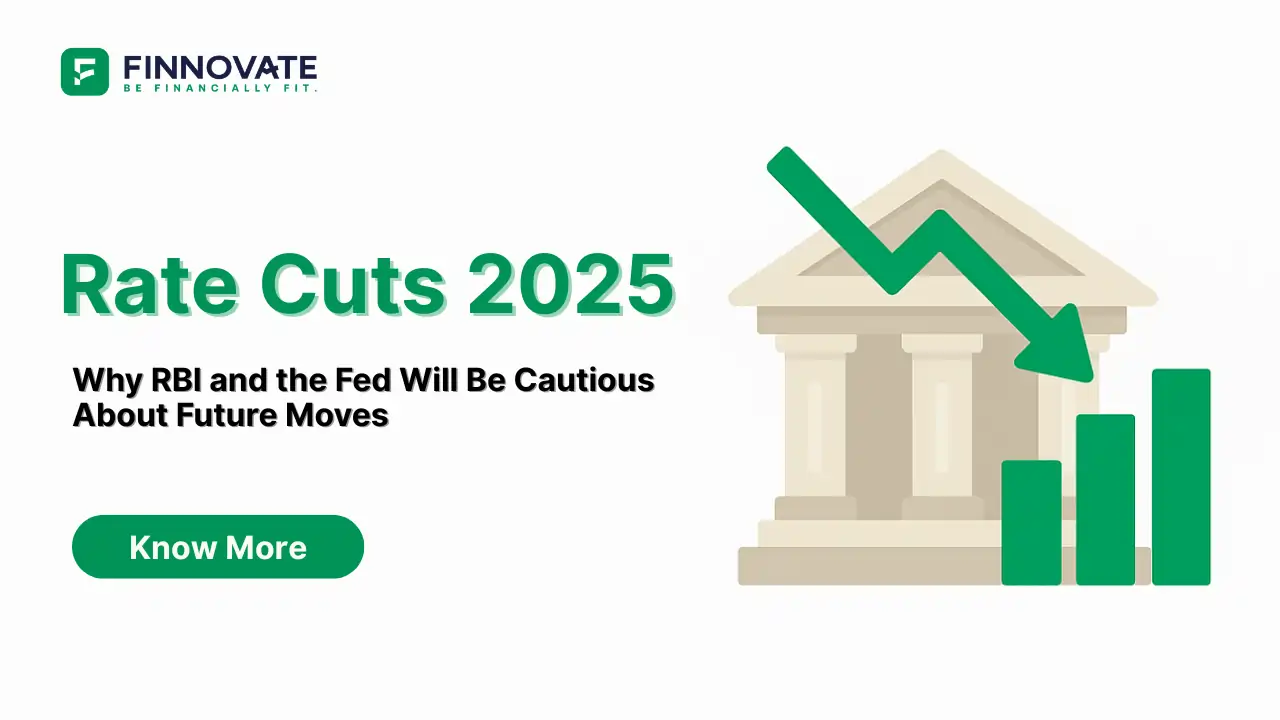
By

As we step deeper into 2025, interest rate expectations across the globe are starting to shift. Central banks like the Reserve Bank of India (RBI) and the US Federal Reserve (Fed) have been weighing the pros and cons of cutting rates further - and they’re doing so with caution. Let’s understand why.
Global trade tensions are not easing. The US has been vocal about imposing fresh tariffs on a wide range of imports, especially from China and other Asian economies. These retaliatory tariffs are expected to raise inflation in the US to nearly 4%, a sharp rise from current levels and 2% above the Fed's long-term target.
For India, the implications are twofold:
To illustrate the impact, here’s a summary of India’s oil dependency:
| Metric | Value |
|---|---|
| India’s daily oil imports | ~4.5 million barrels/day |
| Share of imports in oil use | 85%+ |
| Current Brent Crude Price | $92–95/barrel |
Any increase in global crude prices directly increases fuel and transportation costs in India, which pushes overall inflation upward.
The Indian rupee has weakened from ₹83/USD to over ₹87/USD in the past year. If India cuts rates further while the US holds or hikes, foreign capital may flow out, worsening the rupee.
Here’s what a weak rupee means for the economy:
The table below summarizes the cautious stance of both the Fed and RBI based on recent commentary:
| Central Bank | Rate Cut Expectation | Remarks |
|---|---|---|
| US Fed | 1 cut in 2025 | FOMC member Raphael Bostic signaled restraint |
| RBI | 1 more cut in June 2025 | MPC minutes hint at caution after that |
Central banks are keeping some ammunition in reserve, in case they need to react to future economic shocks or a trade war escalation.
This quick reference helps understand how various financial stakeholders may be impacted:
| Stakeholder | What This Means |
|---|---|
| Retail borrowers | Don’t expect rapid drops in loan EMIs post-June 2025 |
| Fixed-income investors | Stick with dynamic bond funds or short-duration debt |
| Mutual fund SIP investors | Continue disciplined investing - long-term view still matters |
| Import-dependent businesses | Watch currency trends closely, hedge if needed |
Rate cuts may sound good, especially for borrowers. But in 2025, they come with strings attached - inflationary pressure, volatile oil, a fragile rupee, and global uncertainty. The RBI and the Fed are right in staying cautious. A slow and steady policy is likely the best strategy - both for central banks and smart investors.
This article is for educational purposes only. Finnovate does not provide stock or investment advice. Please consult a SEBI-registered financial advisor before making any financial decisions.
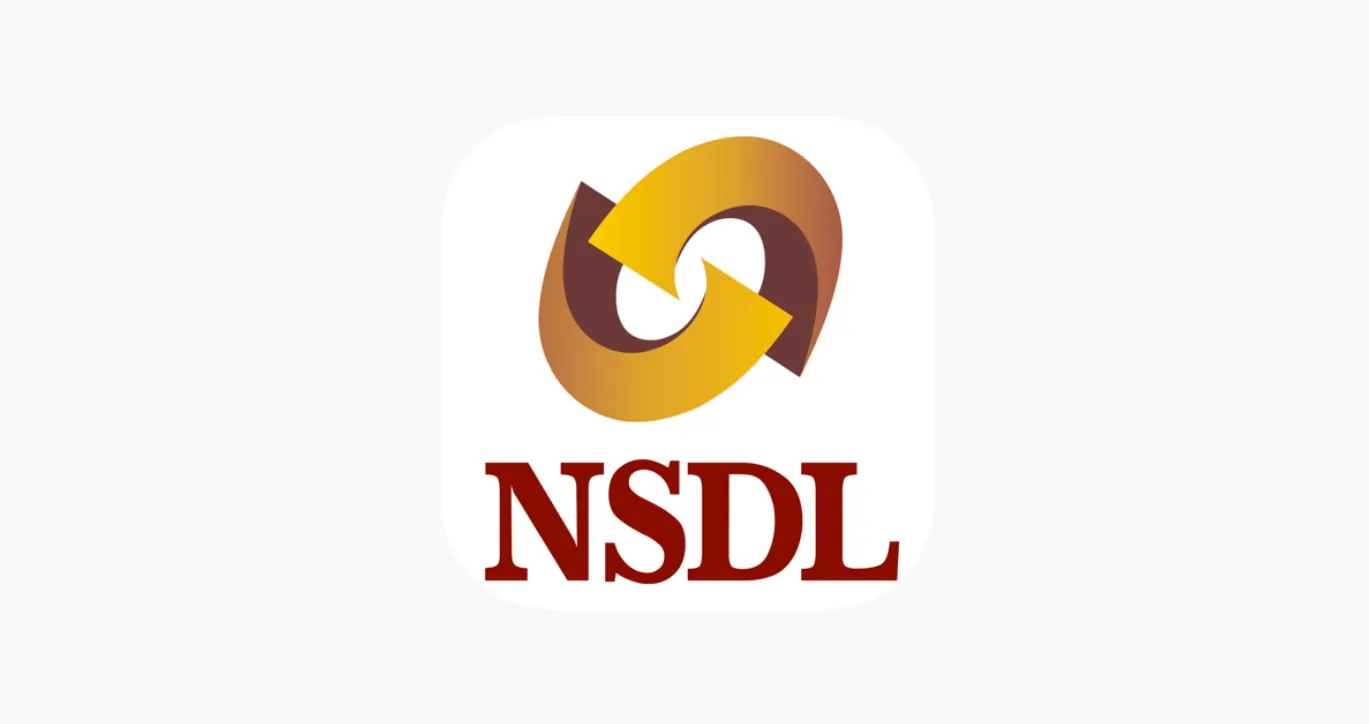
Learn how to easily download your NSDL CAS Statement in PDF format with our step-by-step guide. Follow our instructions to log in to NSDL e-Services, download your account statement, and subscribe for
Read Full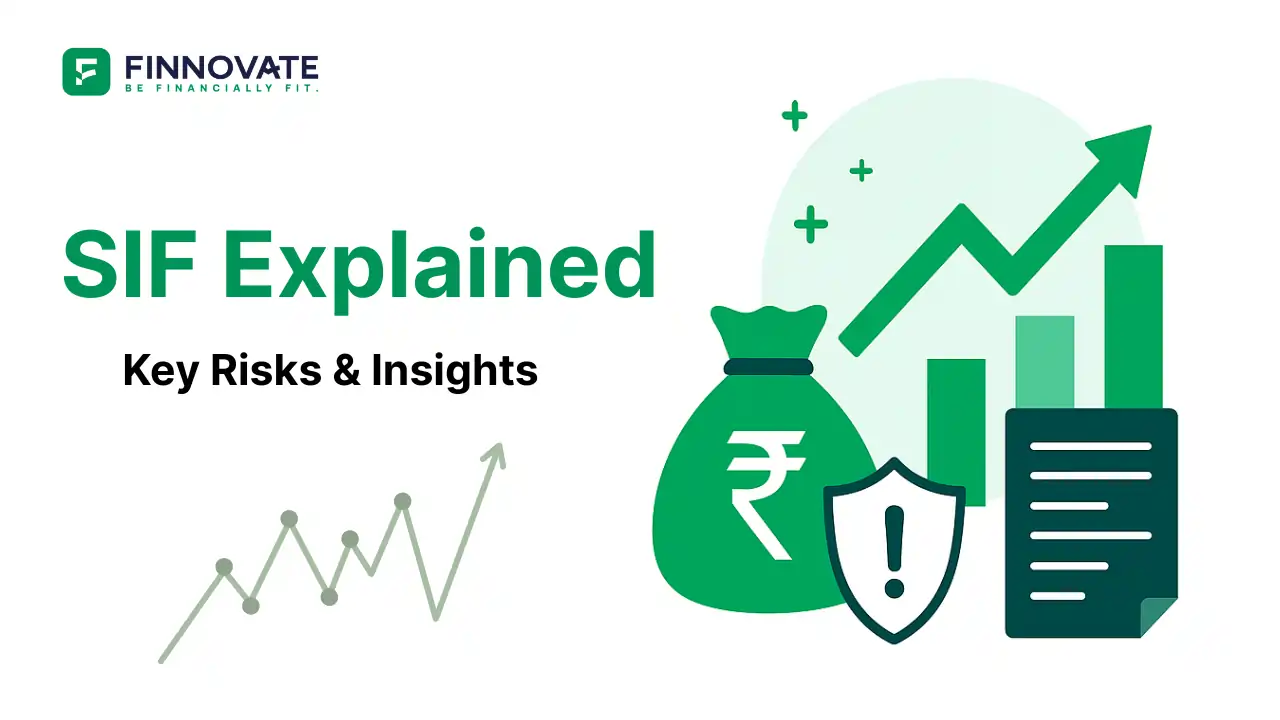
Explore what Specialised Investment Funds (SIFs) are, their benefits, taxation, minimum investment, how to invest, how they compare with mutual funds and PMS and latest developments in SIF space
Read Full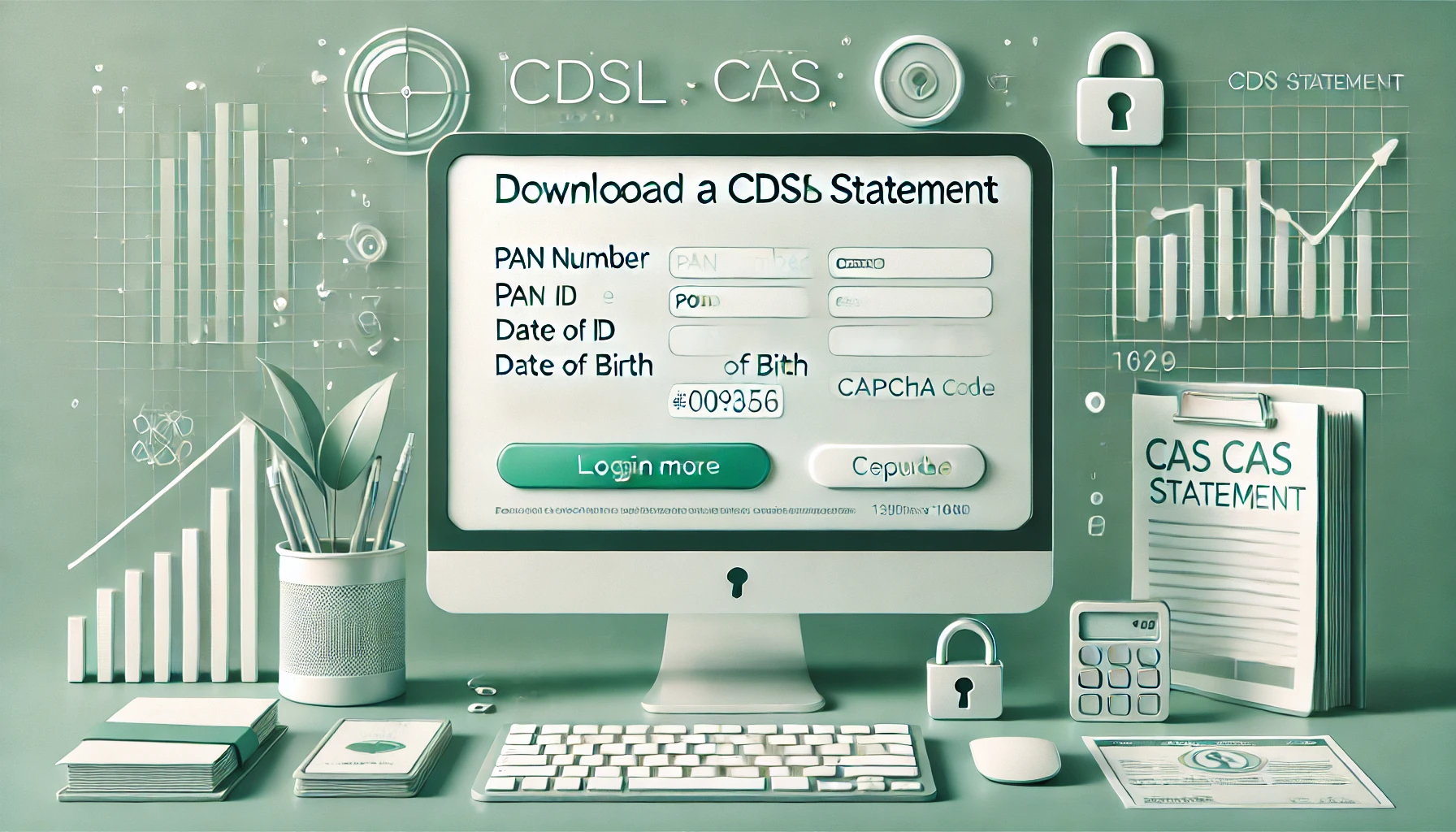
Learn How to Download Your CDSL CAS Statement with our step-by-step guide. Easy instructions for accessing your investment details online.
Read Full
Analyzing the potential economic impact of the 2025 India-Pakistan conflict on India's GDP growth, manufacturing sector, and foreign investment.
Read Full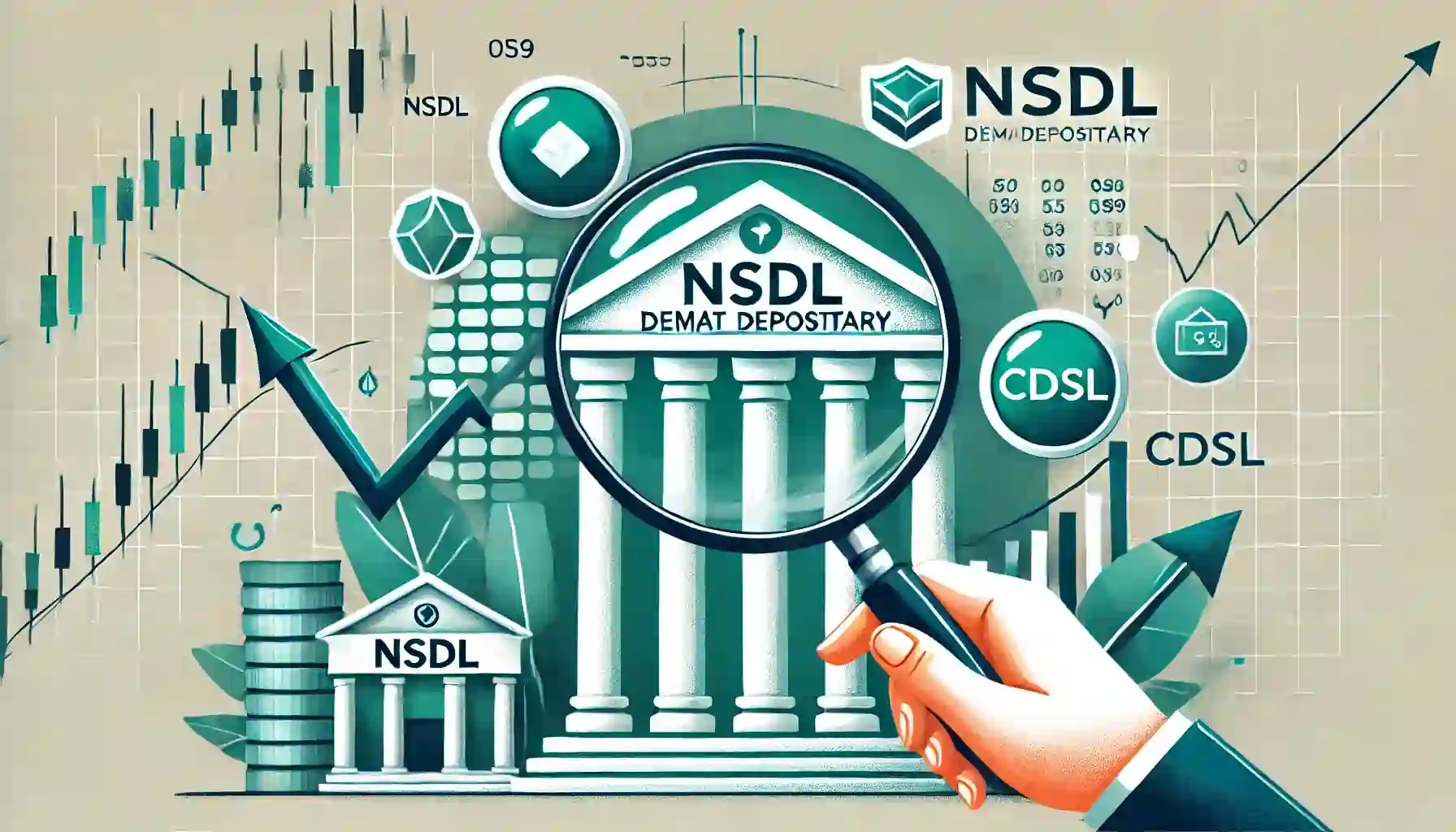
Determine if your Demat Depositary (DP) is NSDL or CDSL easily. Follow our guide to check using broking platforms or Demat account number formats
Read Full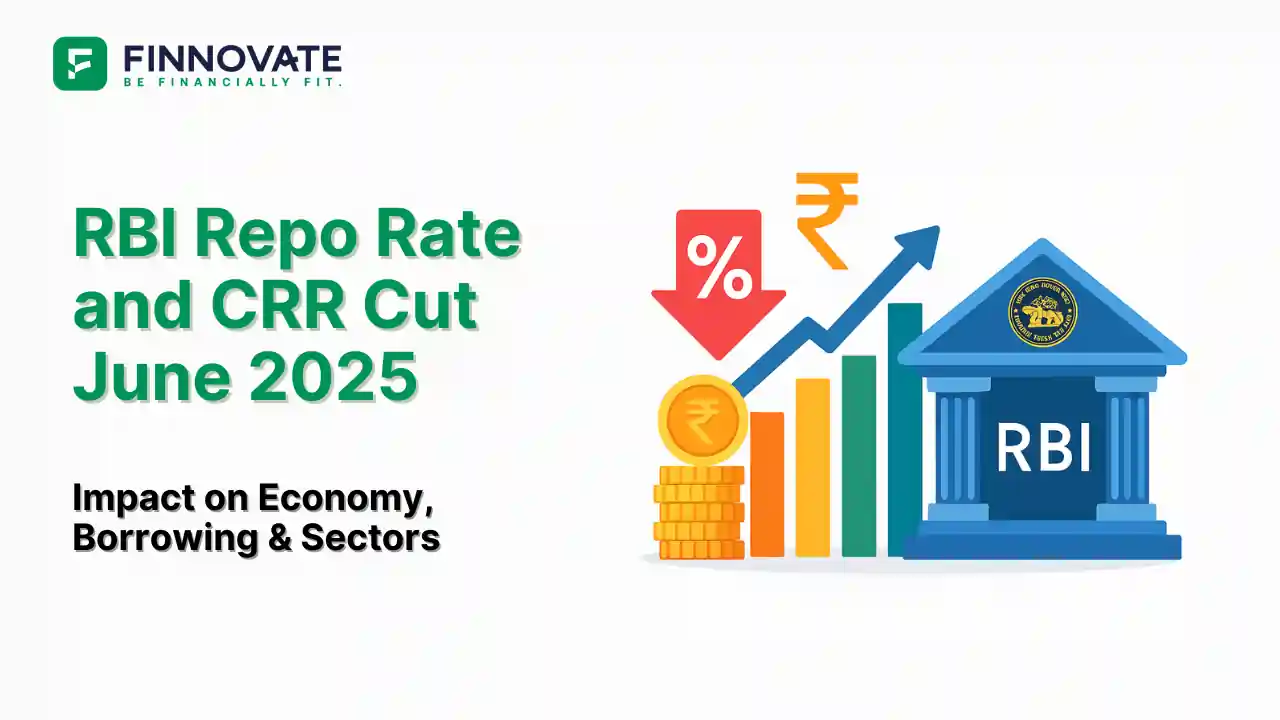
RBI cuts repo rate by 50 bps and CRR by 100 bps in June 2025 to boost growth. Learn how it impacts inflation, borrowing, sectors, and market trends.
Read Full
Looking for the best financial freedom books? Here’s a handpicked 2025 reading list with summaries, why to read, and who it's best for.
Read Full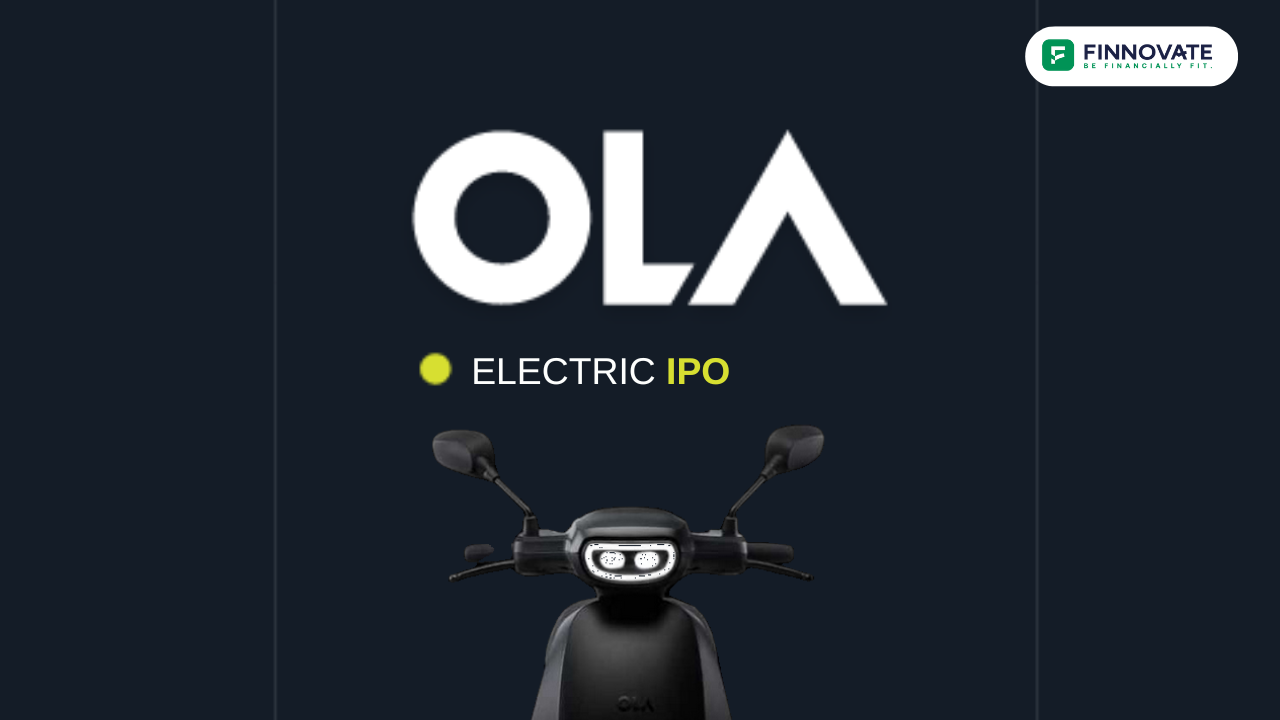
Discover key facts about Ola Electric IPO launching in 2024. Simple guide covering business, financials and investment potential.
Read Full